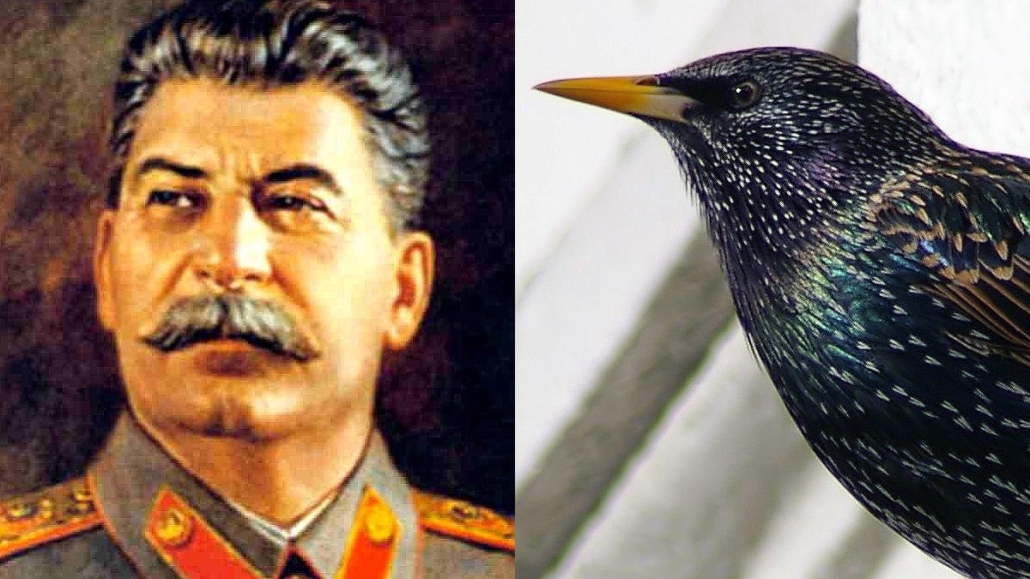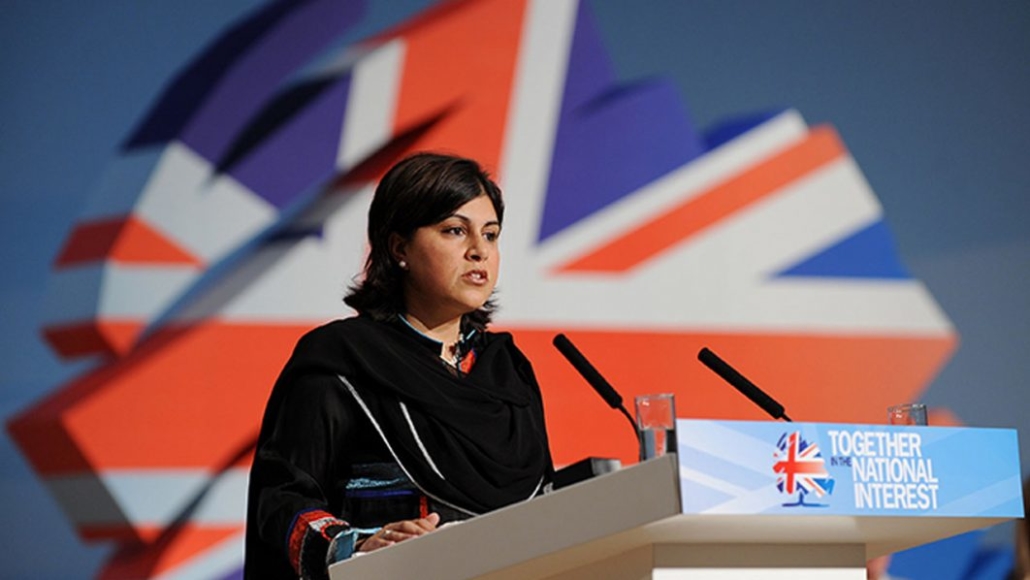The Levers of Sociobiology: Power Laws from Stalin to Starlings
They strut, they chatter, they gleam with gem-like colours: starlings are one of the joys of summer right across Europe. You could spend a lifetime studying them, but one thing is already certain. There has never been a starling Stalin.
Khans and canals
In other words, no individual starling has ever been millions of times more powerful or influential than the average starling. No starling has ever exercised power over a vast number of other starlings like Josef Stalin (1878-1953) or left a genetic legacy like that of Genghis Khan (c. 1162-1227), who is the ancestor of about 16 million men in modern Eurasia, according to DNA analysis. By exploiting certain aspects of human sociobiology, Genghis Khan achieved huge political success and thereby won sexual access to vastly more women than the average man. Stalin pulled the levers of sociobiology in a comparable way but, at a later period and in a different culture, didn’t translate his political success into offspring as Khan did.

Stalin vs Starling
But the similarities between the two men are more important than the differences. Josef Stalin and Genghis Khan were clearly exceptional members of their species, Homo sapiens, in a way that no starling ever has been of its species, Sturnus vulgaris. It’s interesting to ask what aspects of biology permit human Stalins and prevent starling Stalins. Human beings and starlings are alike in that no individual in these species is, as an individual, vastly more intelligent or physically powerful than other individuals. Stalin could not have dug the White Sea Canal or designed and built the T-34 tank by himself. Nor could any other individual human. Those were collective endeavours, but they expressed the will of the individual known as Stalin or of the small number of individuals at the top of Soviet society.
Flight is not might
Starlings too engage in a collective endeavour known as flocking, in which hundreds of thousands or even millions of individual birds behave as a single coordinated entity. But there is no guiding mind in a flock, no controlling will, and no individual starling could exploit the power of a flock to win itself vastly increased social and reproductive success. Why not? Well, try a thought experiment and imagine that you were an omniscient biologist who could completely control the behaviour of an individual starling. How would you turn it into a starling Stalin or starling Genghis Khan? You couldn’t, because certain levers are missing in starling biology.
The most obvious missing lever is language. Starlings can’t give or follow orders. In a hierarchical species, language is the key to what you might call force-multiplication. Stalin was dominant in more than a crudely physical sense: he was also charismatic, that is, he could beguile and dominate people with his words and manner. That is how he was able to rise steadily in an organization that enabled him to give orders and have them obeyed. He was able to translate his individual will into collective action against those individuals who opposed him. In Mongol society, Genghis Khan must have been charismatic and dominant in a comparable way. A warrior nation like the Mongols could not have been led by a weakling or a mild-mannered scholar. Read more











